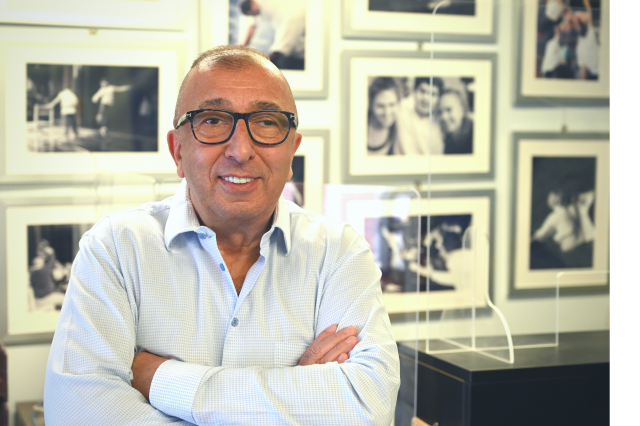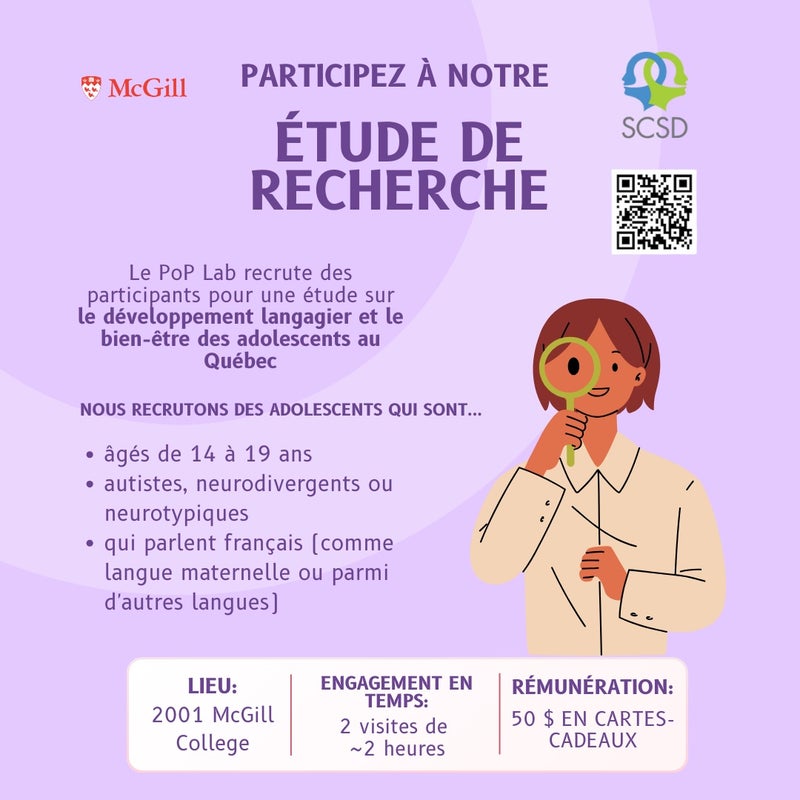Summit School’s Herman Erdogmus on nurturing potential, plans for expansion

by David P. Stein
Inspirations spoke with Herman Erdogmus, director general of Summit School since 2013, to discuss the school’s accomplishments, challenges and exciting plans for the future.
What is your history at Summit School?
I was hired as a teacher at Summit and continued as an educational consultant. I eventually became the school’s vice principal, and then principal, and I have now been the director general since 2013. I’ve always had an interest and deep passion for working with students with special needs.
What is Summit School’s greatest achievement?
Summit’s greatest achievement has been a demolition of sorts. Every day we work to demolish the barriers that our students face. While these barriers are often linked to their conditions, more often than not, they have more to do with the social perception. These are barriers that can prevent their potential to shine through, a potential that we know resides within each and every one of our students. Demolishing these barriers has been and remains Summit School’s greatest achievement. Education at Summit is not about altering the student. It’s about giving them the tools to navigate the barriers towards an independent way of life.
How do you break down your students’ challenges?
Each child is unique, has particular challenges, needs and strengths. How we work to break down those challenges has to do with, really simply, acknowledging that fact. Over 60 years, we’ve developed a unique interdisciplinary approach that involves an entire team of experts, from teachers, occupational therapists to behavioral interventionists.
This team works together to form an educational game plan completely customized to each student. We then accompany them on their educational journey until they’re young adults. So their greatest challenge is how unique they are, you could say. They’re unique and yet society still expects them to fit into a very restrictive, conventional mold. We show the students how to navigate that. Hopefully we can continue to educate society so that the world we live in can be more conducive and accepting towards people who function outside of the mold, because they have a lot to offer.
How far have we come in breaking down barriers to inclusion and how far do we need to go?
There still exists a general perception that inclusion equates to charity. It’s not about charity. It’s about potential. It’s about celebrating and developing the strengths that our students possess and then helping them to showcase those strengths. Our students don’t need charity, they deserve respect. Through our educational model at younger grade levels, we help students to recognize and develop that potential. Through our initiatives, particularly our Summit Marketplace and job placement initiatives, we help to show employers what our older students can bring to the table. We’re seeing in many respects that people with disabilities are often better at their jobs than people without disabilities. Employers are starting to clue into that. People in general are starting to recognize that many developmentally diverse individuals see their conditions as strengths, as integral parts of their identity, as something to be proud of. But there’s still a long way to go and a lot of work to be done.
What is your vision for the future of the school?
We never really focused on a calculated vision, because we’ve always been at the forefront of applying innovative and original educational techniques organically. The concern has always been about just doing what’s best for the students, and our programs grow out of that concern. We realized long ago that our students need job placement opportunities. Now we’re the only school for the developmentally diverse with an army of job placement coaches that accompany our students on their placements. We realized we were at the forefront of educational best practices, so we launched an in-house research centre to help develop those best practices in unison with researchers across Canada. We realized expression through art really helps our students grow, so we’re now launching one of the largest creative arts centres for the neurodiverse in North America. Ideas and the willingness to roll with those ideas without fear of hesitancy drives innovation. We’ve always done that organically and that has brought us to where we are. Our vision is just to continue allowing our students and their interests to drive us.
You are expanding the school. Tell us about it.
Yes, we will soon be breaking ground for The Summit Centre for Creative Arts and Physical Education. We like to say that it’s going to be a Canadian “Juilliard for the Neurodiverse” that will harness the power of creative expression and physical activity to empower student development. Studies have shown that inclusion in visual arts programming improves communication and self-expression. Inclusion in drama programming builds empathy and understanding. Physical activity improves school readiness and academic performance, and improves executive function in youth with ASD, ADHD and Developmental Coordination Disorder. So the new Centre is developing ambitious creative arts programming on a scale that no one has seen in this field, and then our in-house research centre, Summit Center for Education, Research, and Training (SCERT), will turn Summit into a Canadian hub of research in the fields of art therapy, self-expression, identity exploration, physical activity and mental health.









